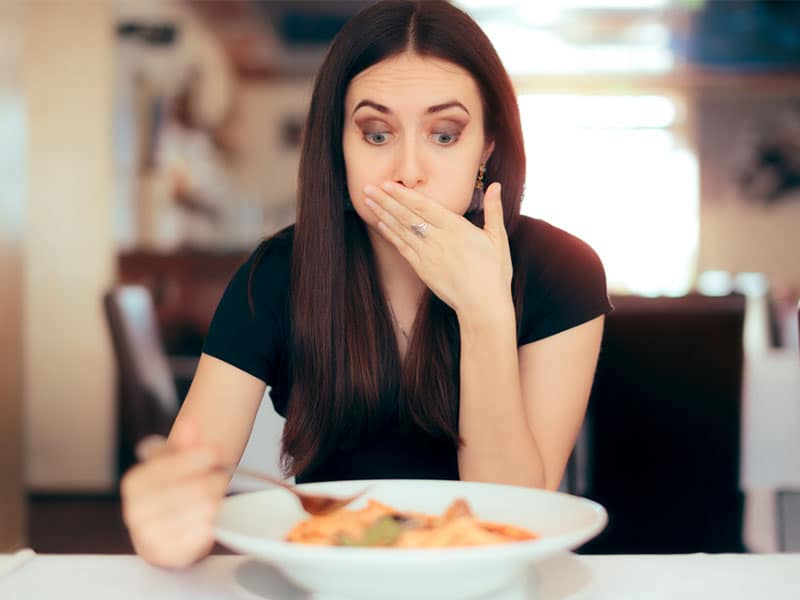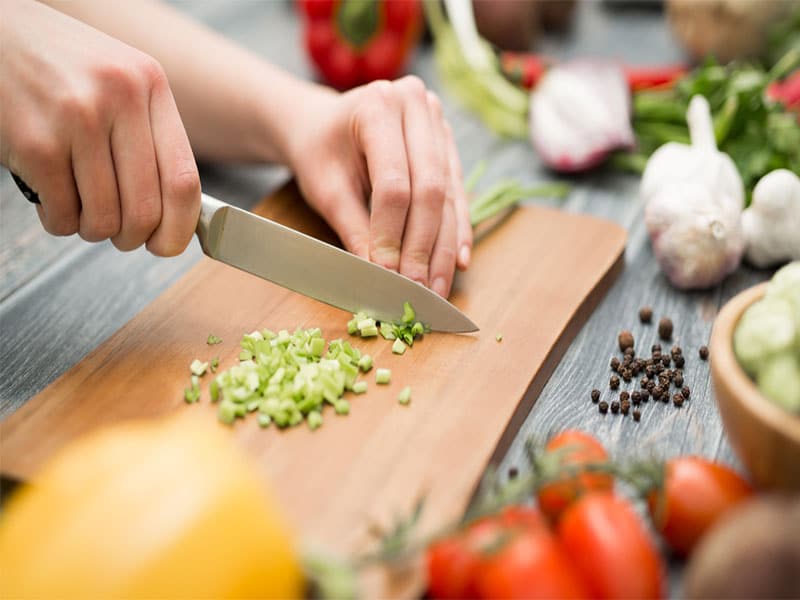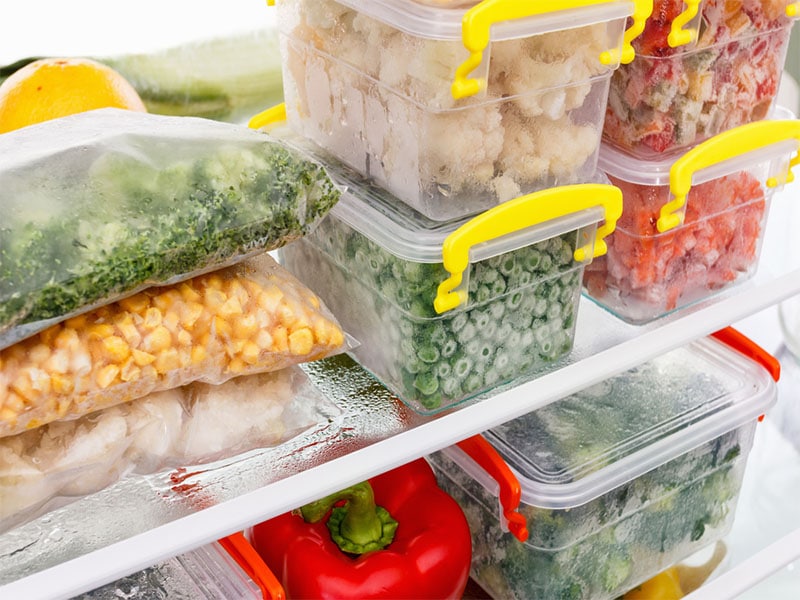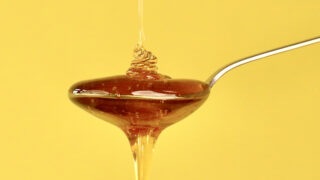More than five hundred cases; four separate incidents; really sick people: all this from food poisoning. And we’re not talking some third world country. This all happened right here in Singapore over the past month.
One recent case was so severe that the 38-year-old man involved died from it. Another case affected 175 people attending four separate events in a hotel’s grand ballroom. And littles ones aren’t immune, with a recent food-poisoning incident involving 131 kindergarten students. Imagine sending your kids on a school camp only to have them return violently ill.
According to Agri-Food & Veterinary Association of Singapore (AVA), the number of food-borne disease outbreaks has been increasing around the world. Annually, about 1.5 billion cases of food-borne disease outbreaks are reported, resulting in 3 million deaths globally.

Singapore is the pinnacle of food safety, so the fact that these recent cases were so close together – or have happened at all – has authorities scratching their heads. There is concern that they might stem from a bug or a contaminated source. These things do happen. The United States, for instance, just recalled massive amounts of romaine lettuce because of several cases of E. coli associated with it, and 5.5 million kilograms of beef because of salmonella contamination.
Continuing to keep Singapore’s food safe is a big concern to the government. A new statutory board called the Singapore Food Agency (SFA) will oversee food safety and security beginning in April 2019, following a reorganisation in July 2018, combining three existing agencies under one roof. The goal is more efficient responses in the event of food-borne disease outbreaks and better coordination when products have to be traced and recalled.
Safety at home
While the authorities try to figure out Singapore on a larger scale, it’s important you keep your own home safe.
It’s easy for food to go bad in the heat here. That’s why it’s more important than ever to pay attention to food safety guidelines – yet many people simply don’t think about it in their own homes. This can be particularly true of helpers, some of whom can be a bit riskier with food, because places such as the Philippines and Indonesia don’t teach the same lessons in food safety that might be taught in other countries. Plus, many of our helpers have grown up with very little so they find it wasteful to throw out leftovers.
There are a few simple, but important things you can do to protect your family.
Chopping boards
Use separate chopping boards for different foods – meat and vegetables shouldn’t be chopped on the same boards. The boards should be washed after every use and wooden chopping boards should be scraped with a knife. If a board is excessively worn, throw it out. Sanitise using 15ml of unscented chlorine bleach in 3 litres of water. Wash countertops with hot, soapy water.

Storage
* Refrigerate raw foods within two hours (or one hour when the temperature is above 32 degrees Celsius).
* Keep the freezer at -12°C or below and the refrigerator at 4°C or below.
* Cook or freeze fresh poultry, fish and ground meats within two days. Other meat should be frozen within three days. Rewrap the package of meat in foil before freezing, and don’t let meat juice get on other foods.
* When storing food in the refrigerator, use food-grade containers and put cooked or ready-to-eat food above raw food. Don’t put food susceptible to food-borne disease, such as mayonnaise, in the refrigerator door.
* Clean your fridge often, throwing out expired foods often and using rubber gloves to clean the interior surfaces from time to time.
* High-acid canned foods such as tomatoes and pineapple can be stored unopened on the shelf for 12 to 18 months. Low-acid canned goods such as meat or vegetables can keep for 2 to 5 years if the unopened can is in good condition and stored in a cool, clean and dry place. Throw out any cans that are dented, rusted or bulging.

Thawing
The refrigerator allows safest thawing, but don’t let food drip onto other food. For faster thawing, place food in a leak-proof plastic bag and then submerge in cold tap water, changing the water every 30 minutes. Be sure to cook immediately after thawing. If you thaw in the microwave, cook immediately after.
Food Prep
* Wash your hands thoroughly before beginning to cook and be sure to wash again after handling meat. If you wear gloves for handling meat, use them once and throw them out; don’t use them for anything else.
* Marinate meat in a covered dish in the refrigerator. Be sure no juice leaks onto other foods.
* All raw beef, pork, lamb and veal steaks, chops and roasts should be cooked to an internal temperature of 63°C or higher. Allow meat to rest for three minutes before carving or eating.
* Ground meat should be cooked to an internal temperature of 71°C.
* Poultry should be cooked to the highest temperature of all meats: 74°C.
Serving
* Hot food should be served at 60°C or warmer whereas cold food should be served at 4°C or colder.
* If you’re having a buffet-style party, use chafing dishes or crock pots to keep the food warm and ice to keep the food cold.
* Perishable food shouldn’t be left out for more than two hours (one hour when the temperature is above 32°C).
Leftovers
* Discard any leftovers that have been left out for more than two hours (one hour when the temperature is above 32°C).
* Place food into shallow dishes and immediately place in refrigerator or freezer for rapid cooling. If you leave it on the counter to cool, bacteria can start to form.
* Use leftovers within 3 to 4 days.
The United States Department of Agriculture has developed an app, FoodKeeper, to help you keep your food safe. Available for Android or Apple. Or check out foodsafety.gov.
For more helpful tips head to our living in Singapore section.
Don’t lose your personal photos
How three expat families spend Christmas
This article first appeared in the December 2018 edition of Expat Living. You can purchase a copy or subscribe so you never miss an issue!





